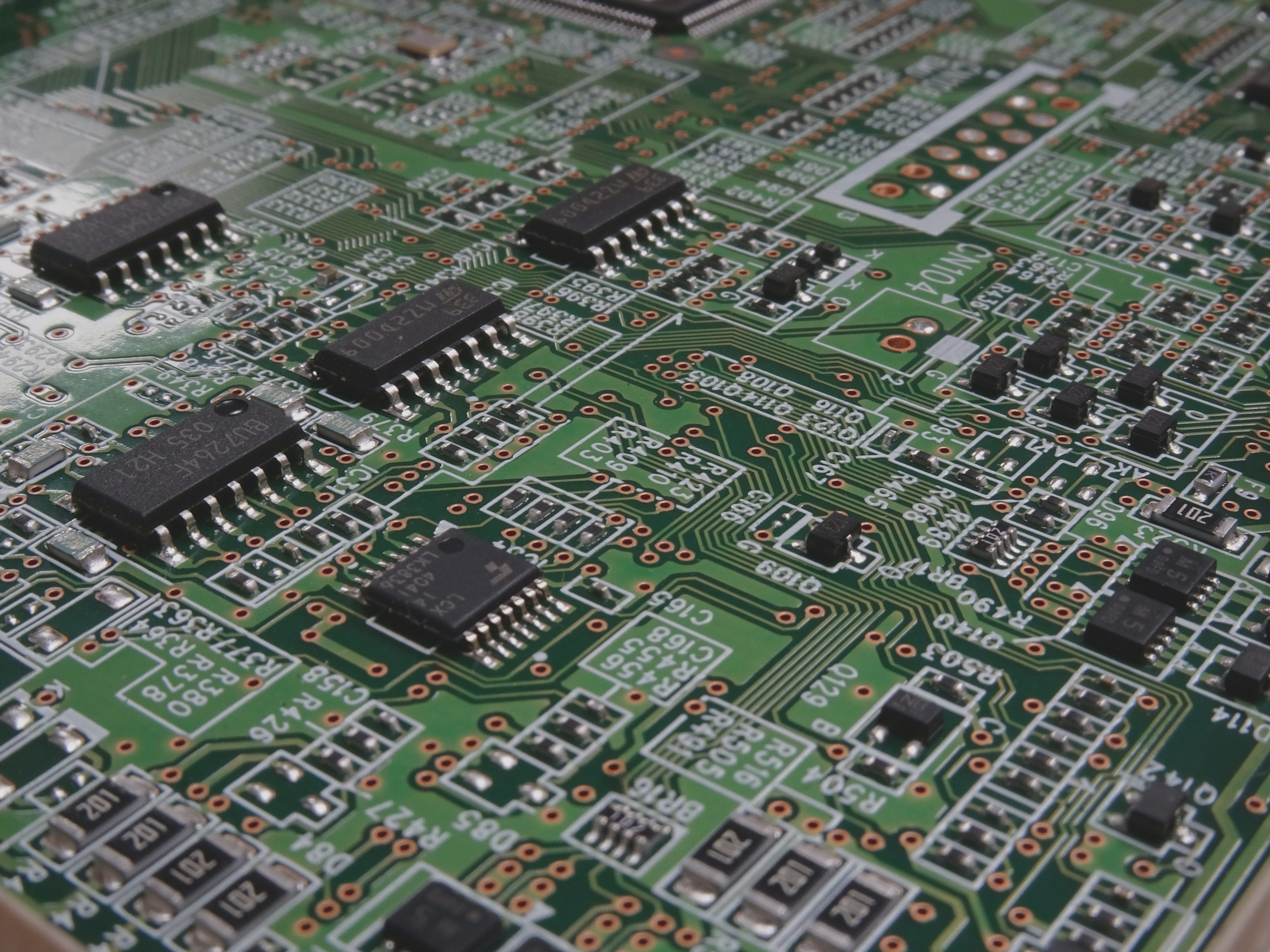Metal 3D Printing: Revolutionizing Additive Manufacturing
Metal 3D printing, the epitome of additive manufacturing technology, has seen significant evolution since the first patent for Direct Metal Laser Sintering (DMLS) was granted to EOS in Germany during the 1990s. This advancement has led to the development of various processes tailored to different material and application requirements, including Powder Bed Fusion (PBF), Binder Jetting, Direct Energy Deposition (DED), and Material Extrusion.
Metal Powder Bed Fusion
Within Metal Powder Bed Fusion, common techniques like DMLS, SLM, and EBM are utilized. Metal parts produced through PBF melting technologies offer superior mechanical properties, such as reduced residual stress and fewer internal defects, making them ideal for demanding applications in industries like aerospace and automotive.
Direct Metal Laser Sintering (DMLS)
DMLS, compatible with nearly any metal alloy, involves spreading a thin layer of metal powder onto the build surface. A laser selectively sinters the powder layer by layer, fusing the particles together just below their melting point. The process results in parts with minimal residual stress and internal defects, crucial for high-stress applications in aerospace and automotive industries. However, the cost of DMLS remains high due to material and operational expenses.
Selective Laser Melting (SLM)
Unlike DMLS, SLM fully melts each metal powder layer using a high-power laser, creating dense parts. While effective with materials like stainless steel and titanium, SLM’s high thermal gradients can induce internal stresses affecting the final part’s properties.
Electron Beam Melting (EBM)
Similar to SLM, EBM produces dense metal structures using an electron beam to melt the metal powder, primarily with titanium and cobalt-chromium alloys. EBM is favored for aerospace component manufacturing but is limited in the range of usable metals compared to SLM.
Latest Updates: Recent advancements in PBF technologies have enabled the production of highly intricate geometries with exceptional precision. These processes can now handle a broader range of metals, including challenging-to-process lightweight titanium alloys and high-strength nickel-based superalloys. The mechanical properties of parts manufactured through PBF approaches those of forged components, making them suitable for critical applications.

△ PBF Powder Bed Fusion
Metal Binder Jetting
In Metal Binder Jetting, processes like MJF and NPJ are common. This technique involves selectively depositing a binder onto a powder bed using an inkjet-like head. The binder solidifies the targeted powder particles, layer by layer, resulting in the formation of the object. Binder Jetting can handle various materials, including metals, ceramics, and sand, and operates at room temperature, eliminating warping and the need for support structures.
Latest Insights: Binder Jetting is highly scalable and efficient, making it a preferred choice for small-batch and on-demand manufacturing. Its ability to produce large, complex objects without warping and support structures has positioned it as a versatile and cost-effective additive manufacturing method.
Advantages and Disadvantages of Different Metal 3D Printing Technologies
-
Binder Jetting
This technology allows for fast, high-volume printing without support structures. Parts have fewer geometry restrictions and reduced warping for larger parts. It is a cost-effective option for smaller runs.

△ Adhesive Jet 3D Printer
-
Direct Energy Deposition (DED)
DED involves feeding metal powder or wire into a high-energy source to melt and deposit it layer by layer. This method is ideal for repair and large, high-density parts in industries like aerospace.

△ Laser Metal Deposition (LMD)
-
Metal Material Extrusion
Metal material extrusion offers a cost-effective solution for small manufacturers and design studios. It uses polymer filaments infused with metal particles, suitable for low-volume production or prototyping.

△ Markforged Metal X 3D Printer Sample Parts
If you have any questions about PCBs or PCBA, feel free to contact me at info@wellcircuits.com






